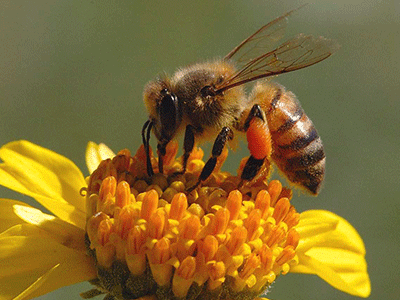- Product Name
- Product Keyword
- Product Model
- Product Summary
- Product Description
- Multi Field Search
Online
Inquiry
Inquiry
Views: 13 Author: Site Editor Publish Time: 2018-03-28 Origin: Site

Most bees (between 60 and 70%) dig burrows in the ground. These bees prefer dry, sandy soil bare of vegetation, often on hillsides. You can attract ground-nesting bees simply by making sure to leave some spots of exposed, undisturbed soil in your yard.
The other 30-40%, the cavity-nesting bees, require a bit more effort. These bees use hollow plant stems or holes in wood left by wood-boring beetles, instead of digging their own tunnel in the ground. A nesting bee will use mud, leaves, or another material to build walls and divide the tunnel into a linear series of small, sealed cells. Each cell contains a lump of pollen and an egg, which usually takes one year to develop into an adult bee and the cycle can begin anew. You can attract cavity-nesting bees by providing tunnels in a man-made structure called a bee house—like a bird house for bees. Three common types of bee house are stick bundles, wood blocks and observation blocks.